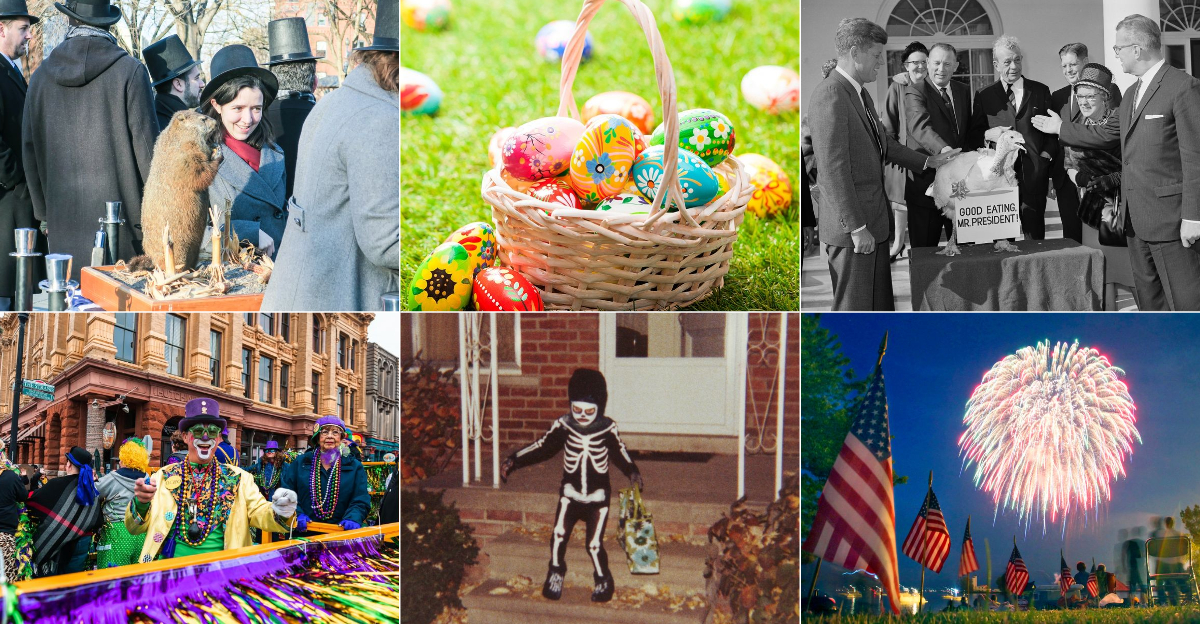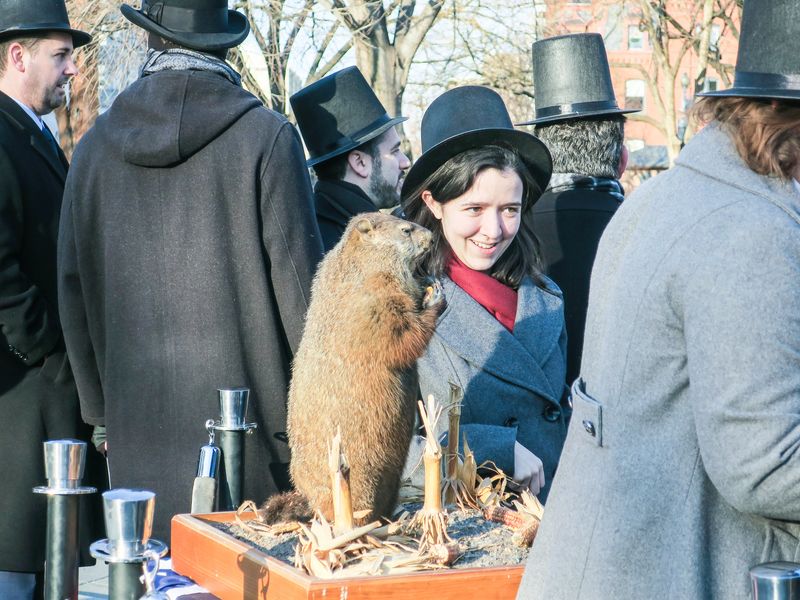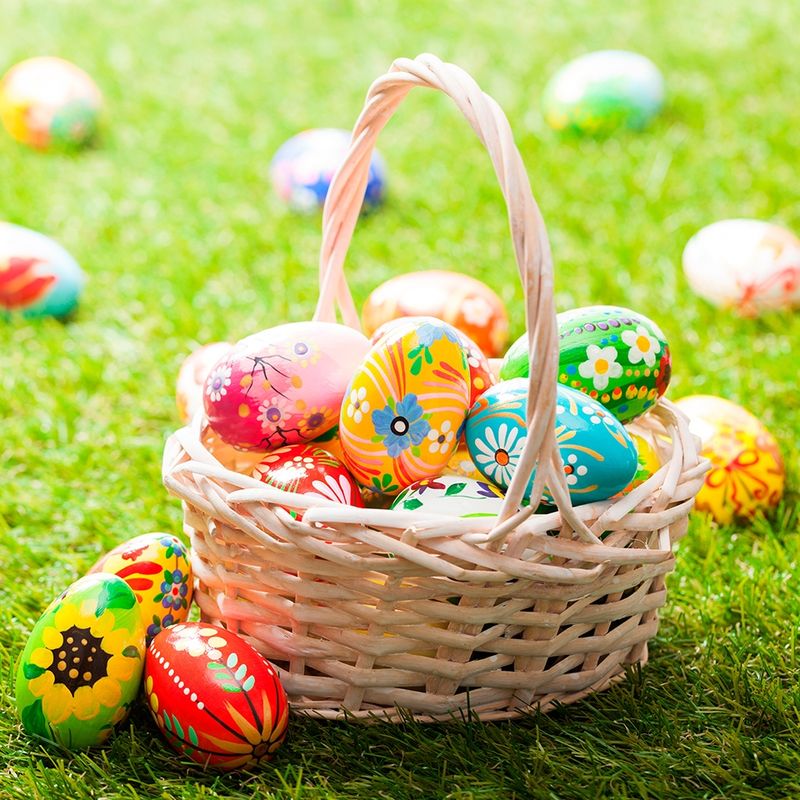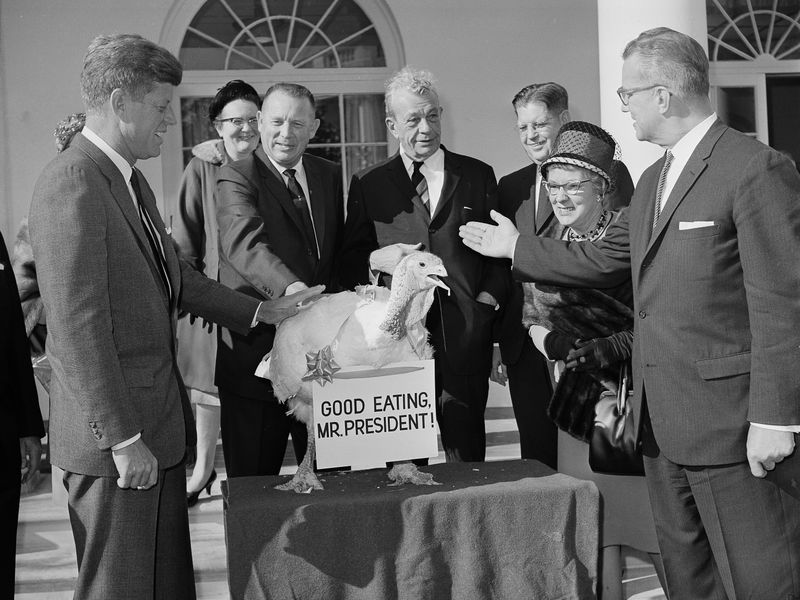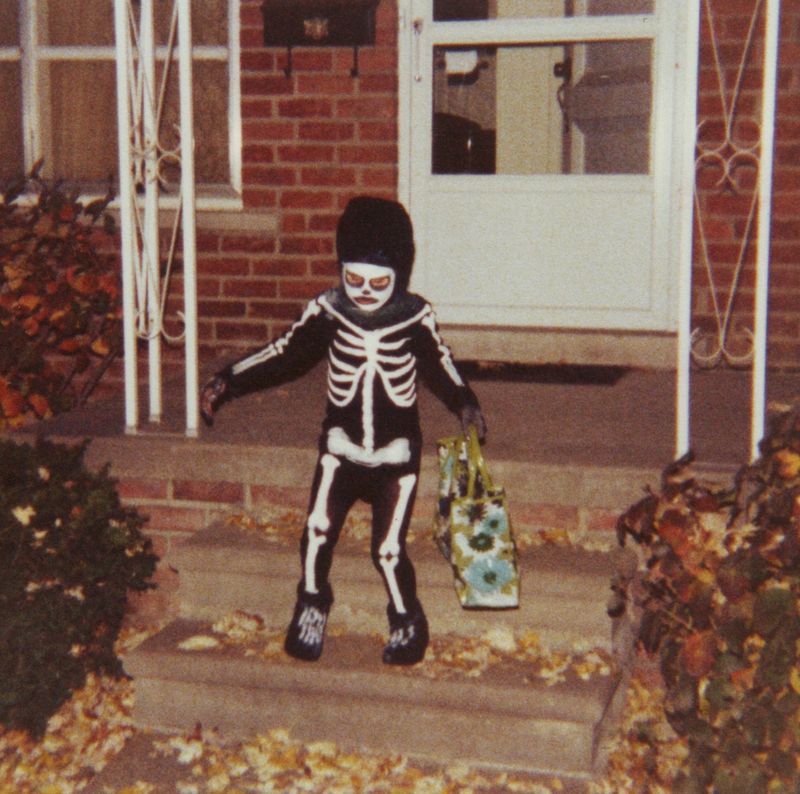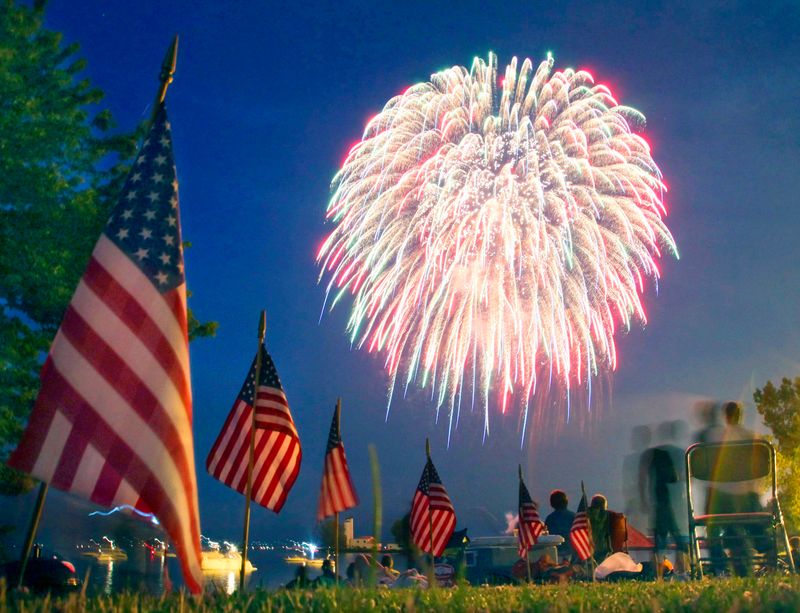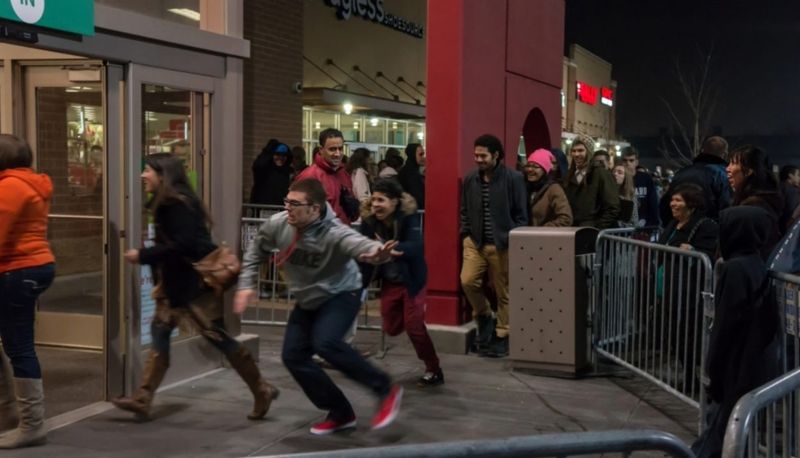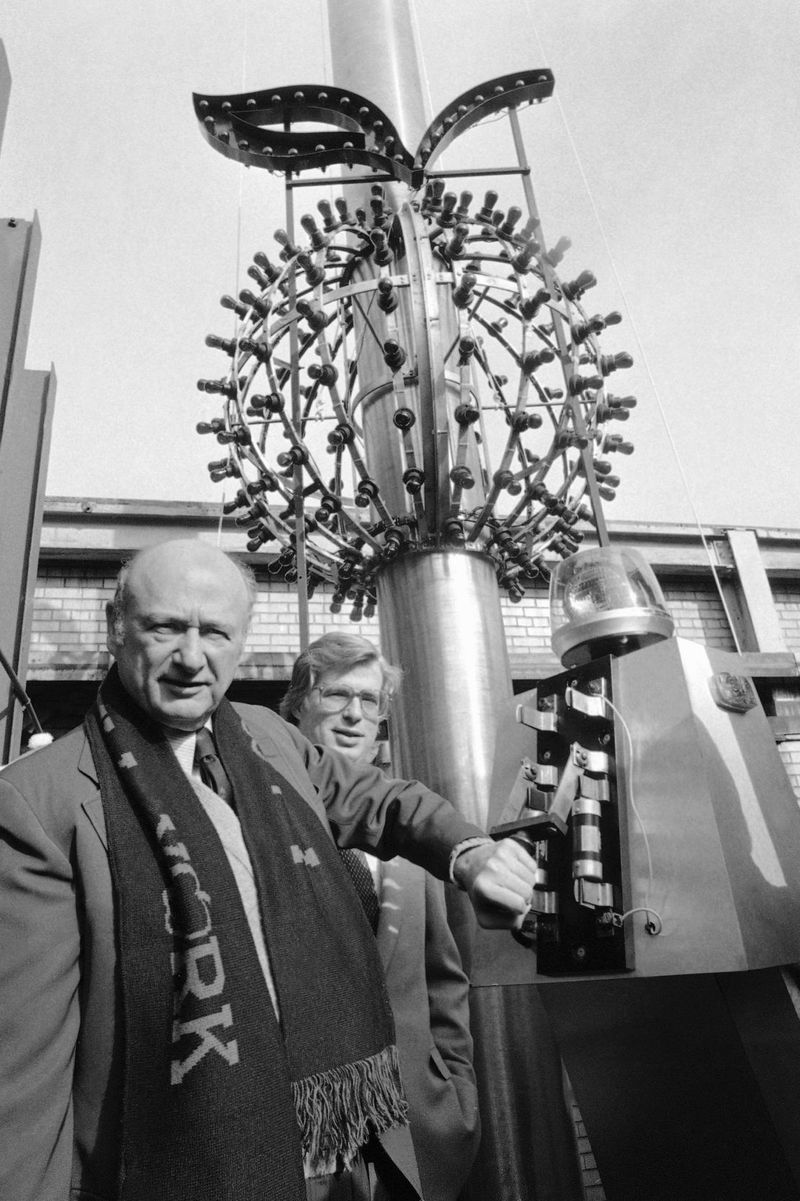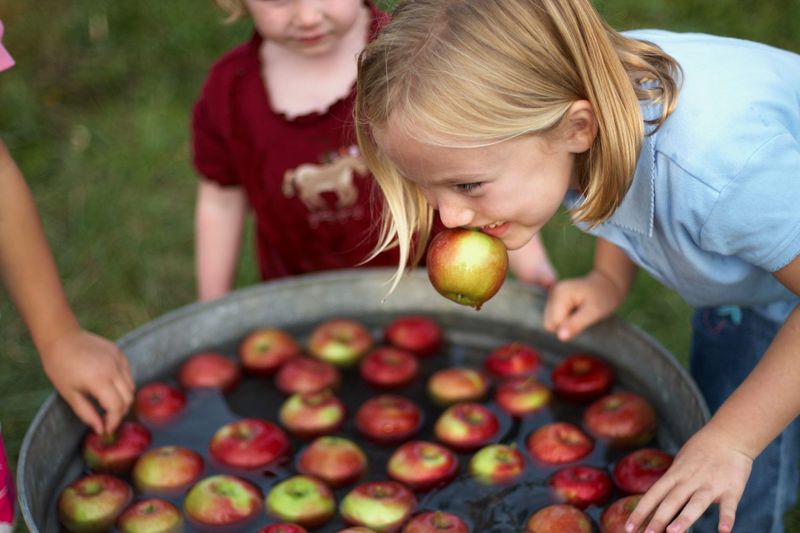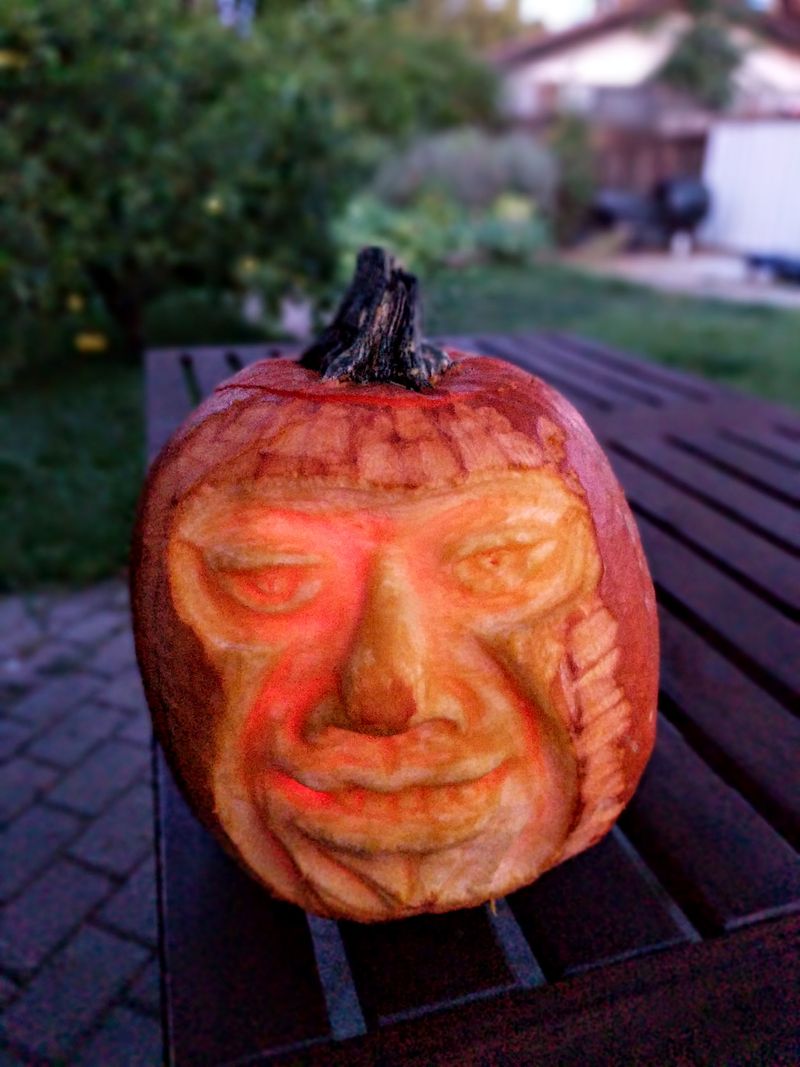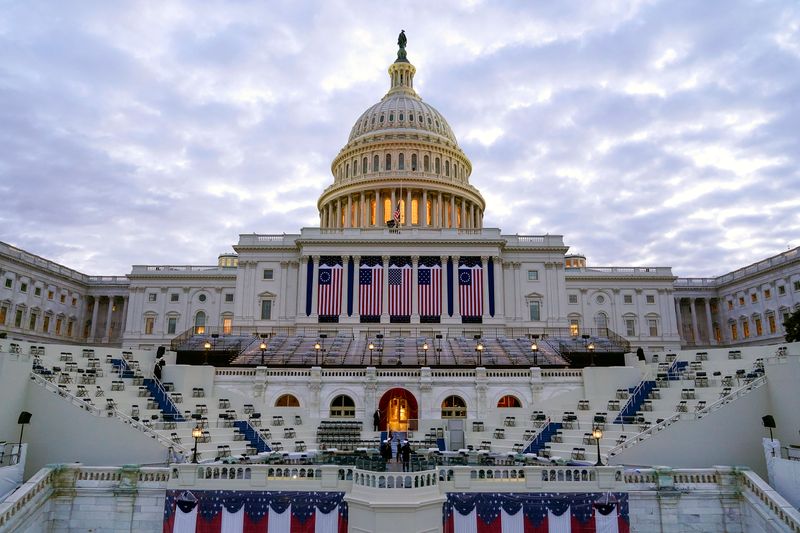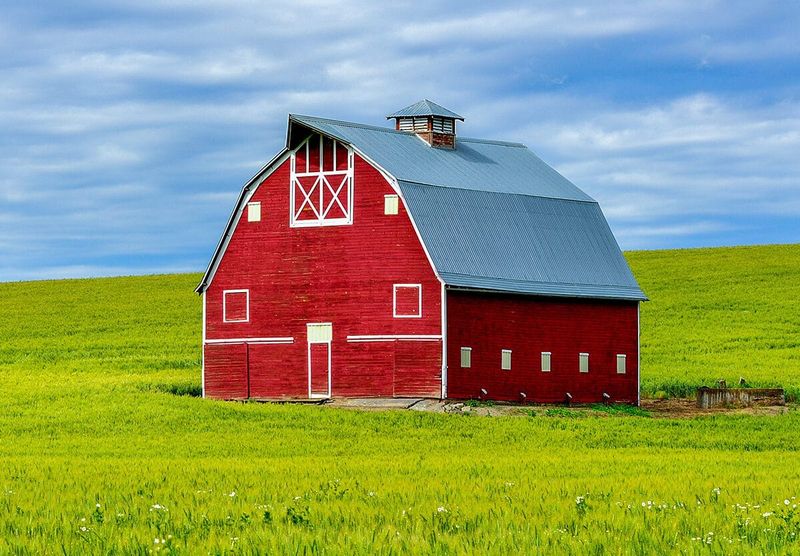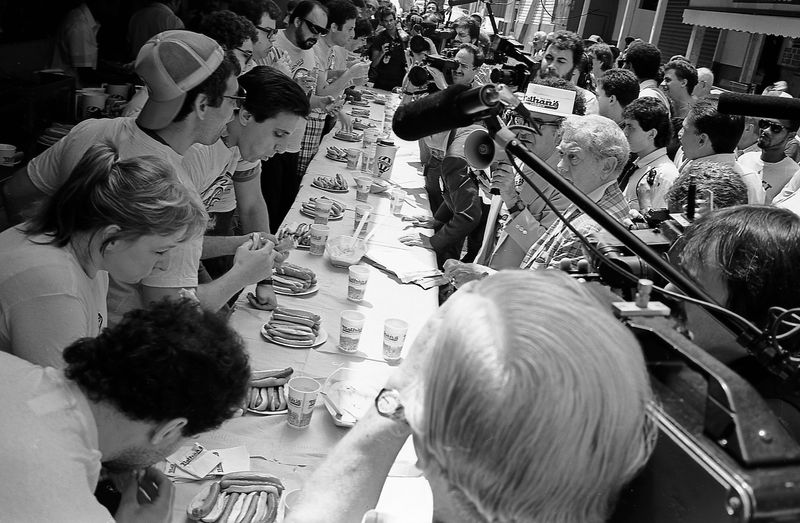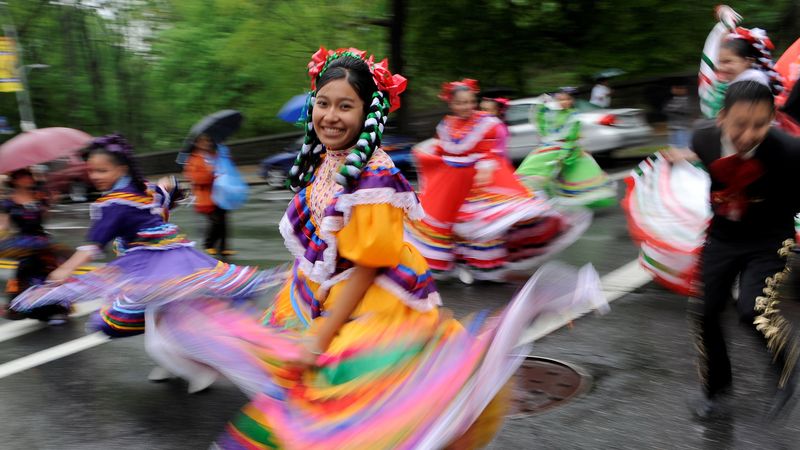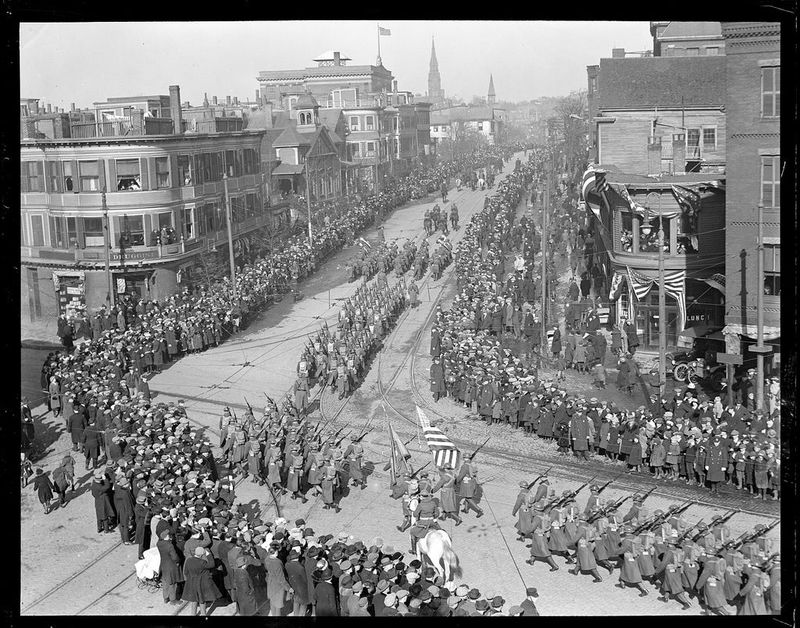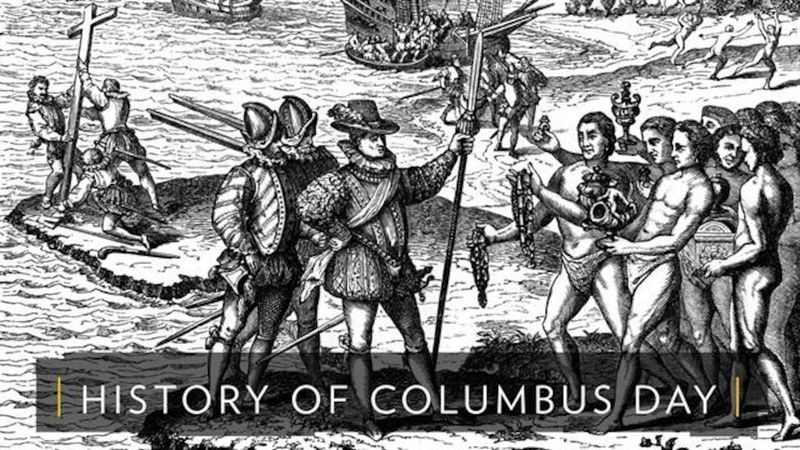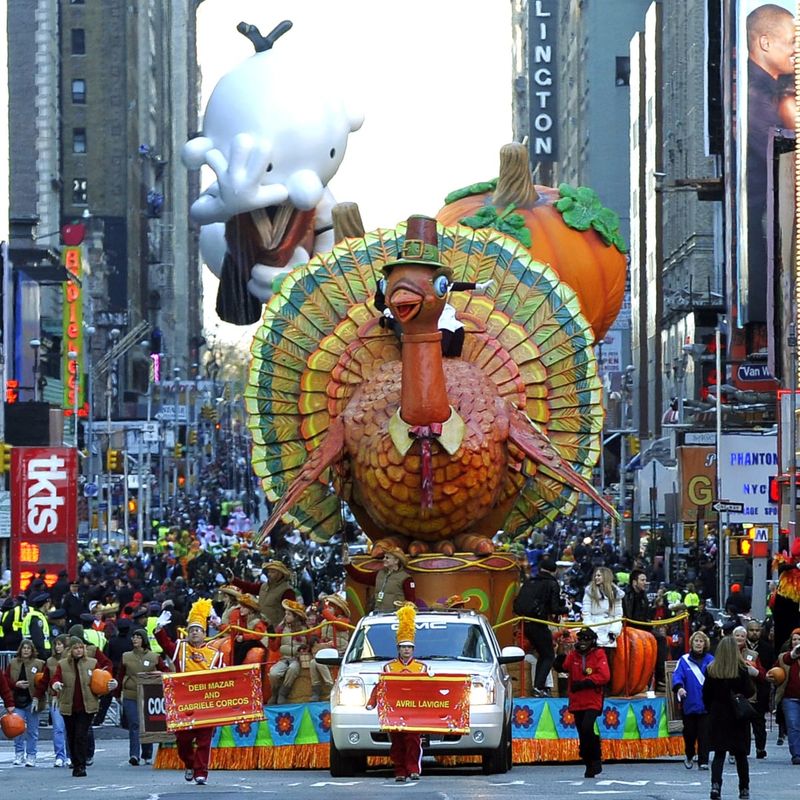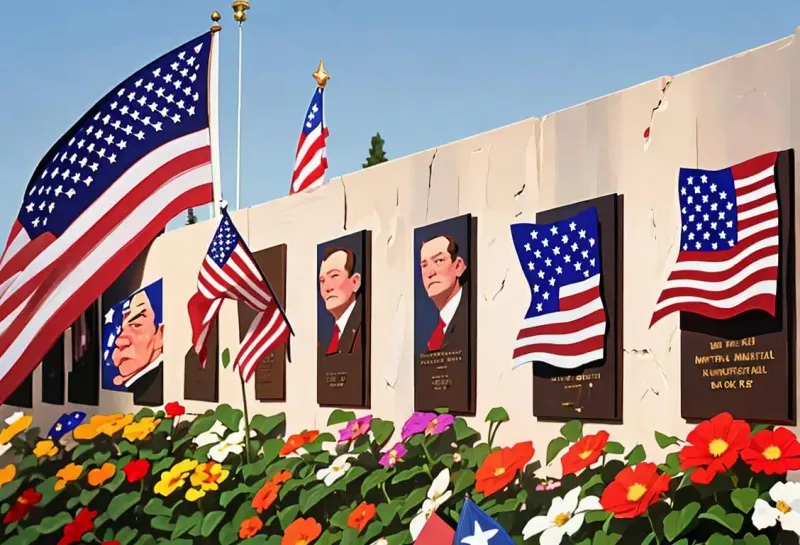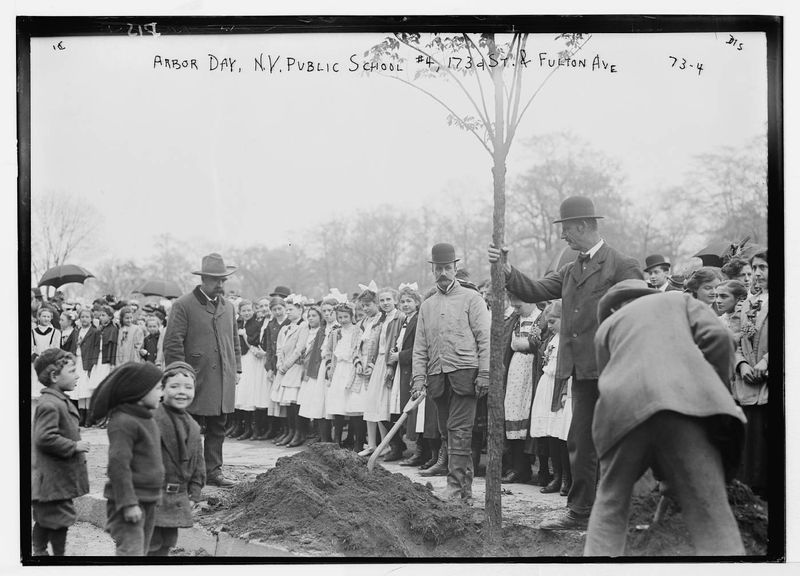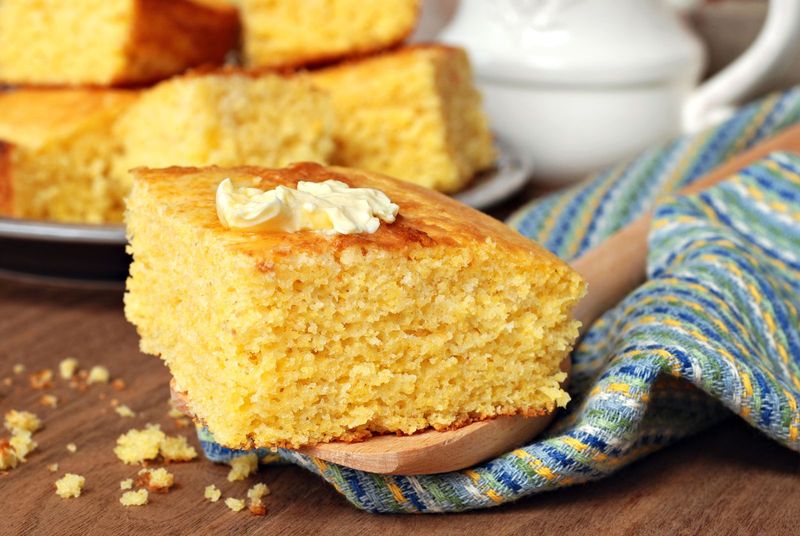American traditions are rich and diverse, often celebrated widely across the nation. However, some of these traditions have origins that are as unexpected as they are fascinating.
From holiday customs to everyday practices, the roots of these traditions reveal a tapestry of history, culture, and sometimes whimsical invention. Let’s explore 25 of these intriguing traditions and uncover the surprising stories behind them.
1. Groundhog Day
Every February 2nd, thousands gather in Punxsutawney, Pennsylvania, to witness a groundhog predicting the weather. This peculiar event traces back to an ancient European tradition known as Candlemas Day.
Originally, clergy would bless candles and distribute them to ward off darkness during this time of year. German settlers in Pennsylvania adapted this into a superstition involving a hedgehog, which later became the groundhog.
Today, the groundhog, named Punxsutawney Phil, is a cultural icon. If he sees his shadow, it means six more weeks of winter; no shadow indicates an early spring. The celebration continues to be a quirky American spectacle.
2. Easter Egg Hunts
Easter egg hunts are a beloved tradition for families across America. This custom stems from ancient pagan rituals celebrating spring and fertility, where eggs symbolized new life.
Christians later adopted the egg as a symbol of Jesus’ resurrection, transforming these hunts into a festive Easter celebration.
The practice was popularized in the United States by German immigrants who brought the tradition of the “Osterhase,” or Easter Hare, in the 18th century.
Children delight in searching for hidden eggs filled with candy or treats. This joyful activity continues to bring communities together, celebrating both religious and cultural heritages.
3. Thanksgiving Turkey Pardoning
Each Thanksgiving, a turkey receives a presidential pardon, sparing it from becoming dinner. This whimsical tradition began in 1947 with President Harry Truman, although the official pardoning ceremony wasn’t formalized until 1989 by President George H.W. Bush.
Initially a turkey presentation to the President, the event evolved into a light-hearted ritual. The chosen turkey and its alternate are given unique names and receive special treatment. After the ceremony, the spared turkeys retire to a farm or sanctuary.
This quirky act provides a humorous prelude to Thanksgiving festivities, highlighting the often-overlooked bond between humans and animals.
4. Mardi Gras Parades
Mardi Gras, a festival of indulgence and merriment, is synonymous with New Orleans. Originally rooted in ancient Roman pagan celebrations, it evolved through French Catholic traditions. The first American Mardi Gras took place in 1699, near present-day New Orleans.
Over time, it developed into a grand spectacle featuring parades, masquerade balls, and the tossing of beads. The “Krewe” societies organize these events, each with its own unique theme.
Mardi Gras now draws millions worldwide, symbolizing cultural fusion and unrestrained joy. Revelers flock to the streets, embracing the spirit of celebration and embracing a sense of community and shared history.
5. Halloween Trick-or-Treating
Trick-or-treating is a quintessential Halloween tradition that combines fun and community spirit. Its origins date back to the Celtic festival of Samhain, marking the end of harvest season. Celts believed in spirits roaming the earth, and people would dress in costumes to ward them off.
The Christian church later adapted this into All Saints’ Day, fostering traditions like “souling,” where poor people begged for food in exchange for prayers.
Immigrants brought these customs to America, evolving into the child-friendly version we know today. Children dress up and go door-to-door collecting treats, creating fond memories and neighborhood connections.
6. Fourth of July Fireworks
Fireworks on the Fourth of July are a dazzling tradition that lights up the American night sky. Originating from early celebrations of Independence Day in 1777, fireworks have symbolized national pride and freedom ever since.
The tradition was inspired by John Adams’ vision of “illuminations” to mark the occasion. As fireworks technology advanced, so did the scale of the displays, becoming a hallmark of July 4th celebrations across the country.
Families gather to watch these mesmerizing shows, reflecting on the nation’s founding. The loud booms and vibrant colors capture the spirit of liberty, unity, and historical reflection.
7. Black Friday Shopping
Black Friday marks the start of the holiday shopping season, characterized by frenzied sales and eager shoppers.
The term originated in Philadelphia during the 1960s, describing heavy traffic and chaos following Thanksgiving. Retailers later rebranded it to reflect profitable sales, “in the black.”
Over time, it transformed into a nationwide shopping extravaganza, with stores opening early and offering deep discounts. Shoppers brave long lines and bustling crowds to snag the best deals.
This modern tradition epitomizes consumer culture and the anticipation of holiday festivities. It continues to evolve, now extending into online shopping with “Cyber Monday.”
8. Tailgating Parties
Tailgating is a uniquely American tradition that blends sports enthusiasm with socializing. Before sports events, fans gather in stadium parking lots for pre-game festivities, often grilling food and playing games.
The origin traces back to 1869 at the first college football game between Rutgers and Princeton.
Fans celebrated with food and drink from their carriages, marking the beginning of this lively tradition. Today, it reflects camaraderie and team spirit, with fans of all ages partaking.
Tailgating is more than just a meal—it’s a cultural ritual that embodies the passion and excitement of American sports culture.
9. New Year’s Eve Ball Drop
The New Year’s Eve ball drop in Times Square is an iconic American celebration. Its origins date back to 1907 when the first ball was dropped to ring in the new year, replacing fireworks that had been banned for safety.
The ball, originally made of wood and iron and illuminated with 100 light bulbs, has since evolved into a dazzling crystal spectacle. As the countdown begins, millions watch in person and on television, symbolizing hope and new beginnings.
This tradition captures the excitement of starting fresh, uniting people worldwide in a shared moment of celebration as the clock strikes midnight.
10. Super Bowl Sunday
Super Bowl Sunday is more than a football game—it’s a cultural phenomenon. Held annually since 1967, the Super Bowl is the championship game of the National Football League (NFL). Its origins lie in the merger of the American Football League (AFL) and the NFL.
The game is known for its high-profile commercials, halftime shows, and extravagant parties. Friends and families gather to watch, often hosting themed gatherings with food and games.
This day has become a celebration of sports, entertainment, and camaraderie, with millions tuning in. The Super Bowl captures the essence of American pop culture and sporting tradition.
11. Apple Bobbing
Apple bobbing is a playful autumn tradition with ancient roots. It began as a Celtic harvest festival game, symbolizing luck and fertility. The practice involved trying to bite apples floating in water without using hands, a skillful challenge.
Over time, it became associated with Halloween festivities in America. Today, it’s a popular activity at fall festivals and parties, enjoyed by children and adults alike.
The simple joy of apple bobbing continues to bring smiles, offering a nostalgic glimpse into seasonal celebrations. The tradition reflects the blending of ancient customs into modern festivity, celebrating the changing of seasons.
12. Pumpkin Carving
Carving pumpkins into jack-o’-lanterns is a beloved Halloween tradition with roots in Irish folklore. Originally, turnips and potatoes were carved to ward off evil spirits, inspired by the legend of “Stingy Jack” and his dealings with the devil.
Irish immigrants in America found pumpkins more abundant and easier to carve, thus beginning the practice we know today. Families come together to create spooky or whimsical designs, lighting them up with candles.
This creative activity adds a festive touch to Halloween, combining artistry and tradition. The glowing jack-o’-lanterns symbolize protection and the spirit of the holiday.
13. Valentine’s Day Cards
Valentine’s Day, celebrated on February 14th, is synonymous with love and romance, but the tradition of exchanging cards has more commercial roots.
It began in the 19th century with the mass production of Valentine cards made possible by advancements in printing technology.
The custom was influenced by an older British tradition of handwritten messages. In America, it became popular as a way for people to express love and affection. Today, millions exchange Valentine’s Day cards, accompanied by flowers and chocolates.
The tradition continues to evolve, reflecting society’s changing views on love and relationships, yet remaining a staple of romantic expression.
14. Presidential Inauguration
The Presidential Inauguration is a time-honored American tradition steeped in history and symbolism. Since George Washington’s first inauguration in 1789, each president has taken the oath of office, marking the peaceful transfer of power.
The ceremony typically includes a parade and inaugural balls, reflecting the nation’s democratic values. It has evolved over time, incorporating modern elements like live broadcasts, allowing millions to witness the event.
The inauguration serves as a reminder of the continuity and resilience of American democracy. The pageantry and solemnity of the occasion underscore the significance of leadership and national unity.
15. Barn Raising
Barn raising is a community-centered tradition rooted in rural America. It involves neighbors coming together to construct a barn, reflecting cooperation and shared responsibility.
This practice dates back to the 18th and 19th centuries when families relied on communal labor for large projects.
Typically, the men would handle construction while women prepared meals. Modern barn raisings still occur, often as community events celebrating heritage and teamwork.
This tradition embodies the spirit of unity and mutual aid, offering a glimpse into the collaborative nature of early American life. It serves as a poignant reminder of the strength found in community bonds.
16. July 4th Hot Dog Eating Contest
On Independence Day, the Nathan’s Famous Hot Dog Eating Contest has become an iconic American spectacle. Held annually at Coney Island, this event traces its roots to 1916, when four immigrants competed to prove their patriotism.
What began as a lighthearted challenge evolved into a major sporting event, attracting contestants worldwide. Participants race to consume the most hot dogs in 10 minutes, a feat requiring strategy and stamina.
This quirky tradition exemplifies the spirit of fun and excess synonymous with American celebrations. The contest draws large crowds and media attention, adding flavor to the nation’s birthday festivities.
17. Labor Day Parades
Labor Day, celebrated on the first Monday of September, honors the contributions of American workers. Parades are a central feature of this holiday, reflecting its origins in the labor movement.
The first Labor Day parade took place in 1882 in New York City, organized by the Central Labor Union.
Participants marched to advocate for workers’ rights, promoting fair labor practices. Today, Labor Day parades continue to celebrate achievements and solidarities of the labor force, often featuring speeches and festivities.
This tradition serves as a reminder of the importance of workers in shaping the nation, highlighting their ongoing struggles and triumphs.
18. Cinco de Mayo Celebrations
Cinco de Mayo is a vibrant celebration that honors Mexican heritage and culture. Although it commemorates the Mexican victory over French forces at the Battle of Puebla on May 5, 1862, it has become more widely celebrated in the United States than in Mexico.
The tradition gained popularity in the 1960s among Mexican-American communities as a means of celebrating cultural pride. Today, Cinco de Mayo is marked by festivals, parades, and parties, featuring traditional food, music, and dance.
This celebration serves as a reminder of the rich contributions of Hispanic culture to American society and the enduring spirit of cultural unity.
19. St. Patrick’s Day Parades
St. Patrick’s Day parades are a festive celebration of Irish culture and heritage. Originally a religious holiday, it evolved into a public festival in the 18th century as Irish immigrants began to influence American traditions.
The first recorded parade took place in 1762 in New York City, organized by Irish soldiers serving in the British army. Today, parades feature music, dancing, and a sea of green attire, drawing crowds of all backgrounds.
This joyful tradition highlights the blending of immigrant cultures into the American tapestry, celebrating the contributions and influence of the Irish community in shaping the nation.
20. Columbus Day Controversies
Columbus Day, observed on the second Monday of October, marks Christopher Columbus’s arrival in the Americas in 1492.
Initially celebrated to honor Columbus’s achievements, it was declared a national holiday in 1937. However, the day has become controversial due to Columbus’s impact on Indigenous peoples.
Many cities now recognize Indigenous Peoples’ Day instead, acknowledging the history and cultures of Native Americans. The debate over this tradition reflects broader discussions on historical narratives and social justice.
It encourages reflection on the complexities of history, fostering dialogue about the legacy of exploration and its consequences.
21. Thanksgiving Day Parades
Thanksgiving Day parades are a cherished American tradition, adding spectacle to the holiday festivities.
The most famous is the Macy’s Thanksgiving Day Parade in New York City, which began in 1924. Inspired by European celebrations, it features giant balloons, floats, and performances.
The parade serves as a prelude to Thanksgiving dinner, captivating audiences with its creativity and grandeur. Families gather to watch both in person and on television, marking the start of the holiday season.
This tradition reflects the blending of commercial and cultural elements, celebrating the spirit of gratitude and joy that defines Thanksgiving.
22. Memorial Day Commemorations
Memorial Day, observed on the last Monday of May, honors those who have died in military service. Originally known as Decoration Day, it began after the Civil War to commemorate fallen soldiers by decorating their graves with flowers.
The tradition became a federal holiday in 1971, symbolizing national mourning and remembrance. Ceremonies, parades, and moments of silence are held nationwide, reflecting on the sacrifices made for freedom.
Families visit cemeteries and memorials, paying respects to their loved ones. Memorial Day serves as a poignant reminder of the cost of liberty, fostering a collective sense of gratitude and reflection.
23. Arbor Day Tree Planting
Arbor Day, dedicated to planting and caring for trees, reflects a commitment to environmental stewardship. Originating in Nebraska in 1872, it was the brainchild of J. Sterling Morton, who advocated for tree planting to improve the environment.
The tradition spread across America, with schools and communities participating in tree-planting activities. Arbor Day promotes awareness of the importance of trees in sustaining ecosystems and combating climate change.
It symbolizes growth, renewal, and the responsibility to nurture the natural world. This tradition continues to inspire actions toward a greener future, fostering a sense of connection to nature and community involvement.
24. Election Day Cornbread
Serving cornbread on Election Day is a lesser-known tradition with deep Southern roots. Cornbread, a staple in Southern cuisine, has historically been associated with community gatherings and celebrations.
In the 19th century, Election Day was a festive occasion, often involving communal meals and socializing.
The tradition of baking and sharing cornbread during elections highlights the communal spirit and the importance of civic participation. It serves as a reminder of the role food plays in bringing people together during significant societal events.
Today, while not as widespread, the custom persists in some Southern regions, symbolizing hospitality and the democratic process. Cornbread on Election Day represents a blend of culinary tradition and civic duty, reflecting the cultural heritage of the American South.
25. Bubblegum Blowing Competitions
Bubblegum blowing competitions are a quirky yet engaging pastime that has amused Americans for decades. Originating in the mid-20th century, these events celebrate the art of blowing the largest bubble.
Enthusiasts, both young and old, gather at local fairs, schools, and even national championships to showcase their skills.
The competition is fierce yet friendly, with participants employing various techniques to achieve bubble perfection. This whimsical tradition encourages creativity and camaraderie, offering a sweet escape from everyday life.
For those interested in joining, practice makes perfect. Start by selecting the right gum, as some brands are better suited for bubble-blowing artistry.
Experiment with different chewing methods, finding a rhythm that allows the gum to reach optimal elasticity without breaking. With dedication and a playful spirit, anyone can become a bubblegum champion, adding their flair to this delightfully American tradition.
